Media | Articles
Are these seats from the first Corvette prototype—and are they worth $90,000?
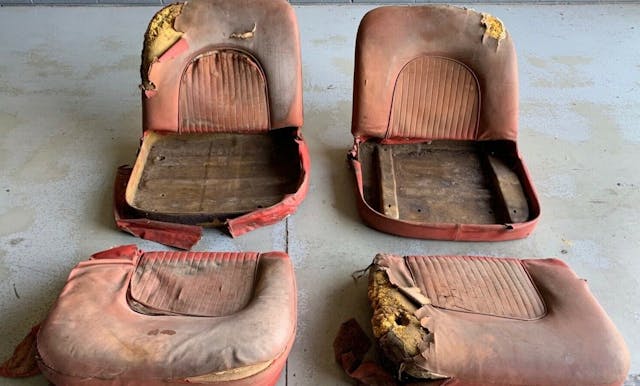
How much would you pay to own the original bucket seats from the very first Corvette prototype? A seller on eBay is hoping the answer is $90,000.
Offered by user “ncrstopflight” in Portage, Indiana, the fiberglass seats and red cushions purportedly come from one of five cars that General Motors built in 1952–53 under the name Project Opel. In fact, the seller claims they come from the very first prototype, EX-52 [#852 in internal Chevrolet documents], which was built in December 1952 and shown in the GM Autorama at the Waldorf-Astoria in New York on January 17, 1953.
The seller claims to have proof of the seats’ authenticity, which he/she will share only with the buyer.

According to an article in the Summer 1993 issue of The Corvette Restorer, three Project Opel cars—designed by the legendary Harley Earl—were running prototypes. Two of those cars traveled the show circuit; the third was used in research and development, particularly high-speed testing at the GM Proving Grounds. The final two prototypes were never completed.
EX-52/852, equipped with a 1953 Chevrolet 235-cubic-inch inline-six engine, was named “Cougar” on December 5, 1952. The name was then changed to “Corvette” prior to the Waldorf show.
Marketplace
Buy and sell classics with confidence
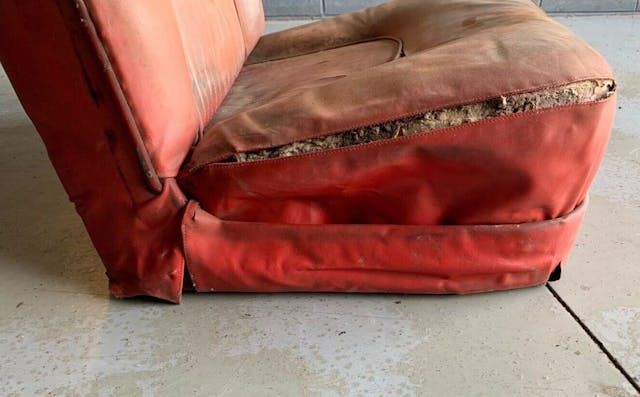
According to the eBay description, on June 15, 1953, the EX-52 Motorama Corvette Show car and its EX-53 twin “were secretly moved to a small Chevrolet plant in Flint, Michigan, for improvised external makeovers with production 1953 parts,” so that they would look like production Corvettes. Wearing a “taller 1953 Corvette production windshield, the body was repainted, all chrome trim—including emblems, bumpers, wheels, tires, and hubcaps—were replaced with production parts and the 1953 Corvette lower side moldings were added. A new production designed folding top mechanism and canvas was installed.”
The eBay seller explains that EX-52 served as 1953 Corvette VIN #1 for a “staged fake roll-out on June 30, 1953. EX-53 was the presumed Corvette VIN #2.”
The cars were scheduled to be scrapped after their tour of the country when the GM Parade of Progress ended in June 1953. The Corvette Restorer reported that EX-52’s fiberglass body was fire-tested on November 6, 1953.
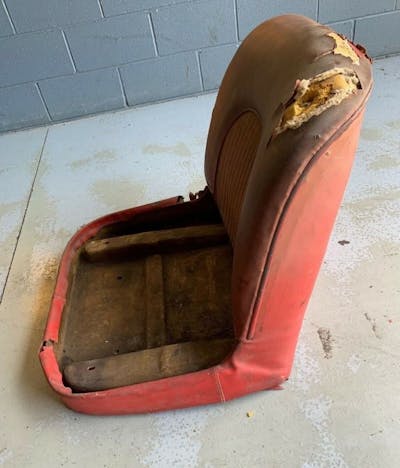
So how did the seats survive?
During the show cars’ 1953 makeover, both were gutted and they received 1953 Corvette production equivalent carpets, door and kick panels, soft-dash trim, speedometer, tachometer, clock, radio, auxiliary gauges, and—you guessed it—re-proportioned 1953 Corvette production seat cushions and metal floor tracks.
“Most all of the EX-52 and EX-53’s Motorama Corvette Show car removed parts were returned to either engineering and/or the manufacturer for durability and fatigue analysis and these original GM-Styling components have survived the test of time,” the listing reads.
The seller goes on to explain that Corvette historian, author, and publisher Kenneth W. Kayser compared photos of the seats to computer images in his book, Corvette: Legend or Myth, Volume I, The Real Story of the 1953 Corvette & Zora’s Passion. “Kayser discovered several proof-positive visual characteristics that matched the historical GM photos.”
While these explanations seem plausible enough, we’d be mighty curious to look at the actual proof that would determine beyond a shred of doubt that these are indeed relics of the very first ‘Vette prototype. Without that, 90-large is a lot of cash to drop on some ratty old seats.








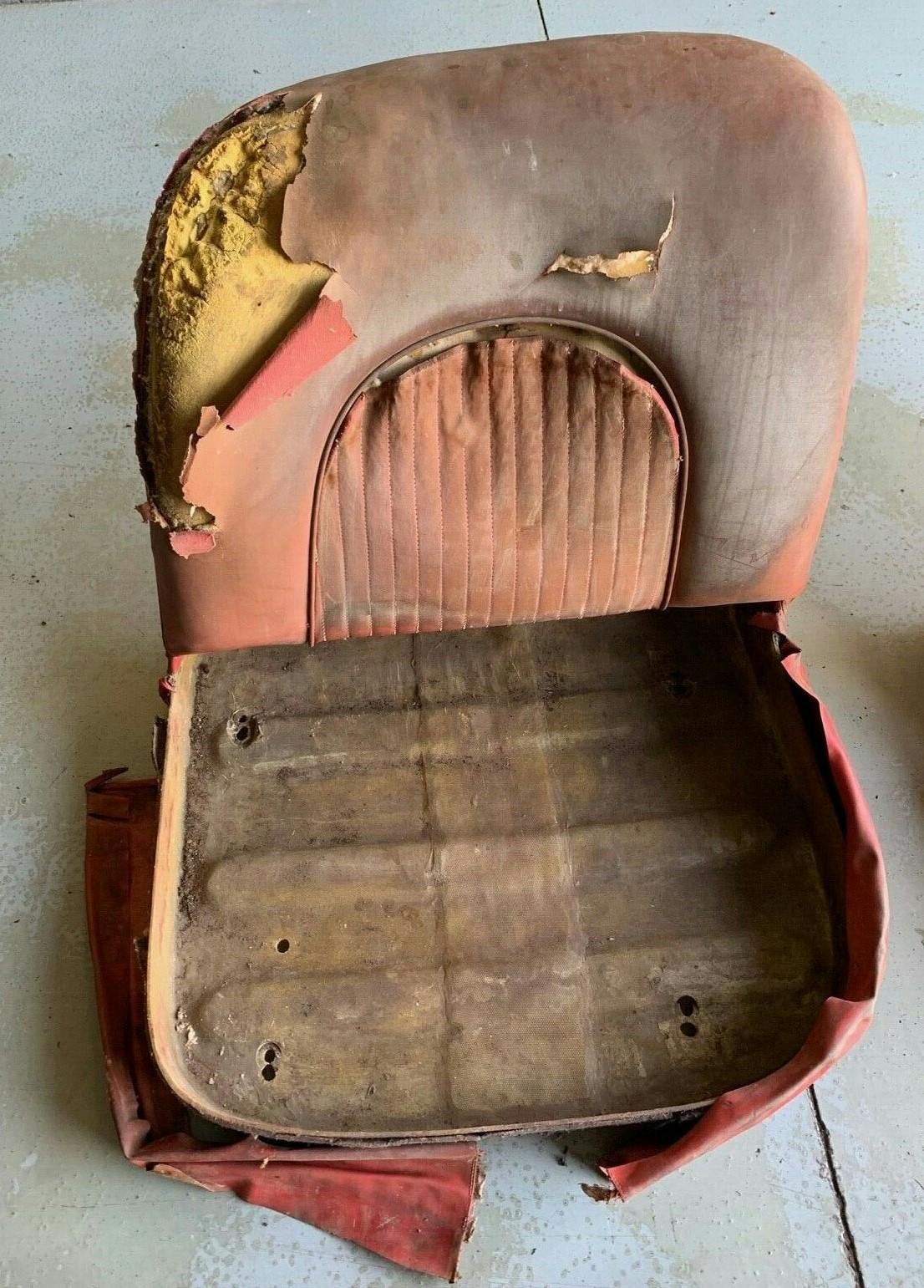
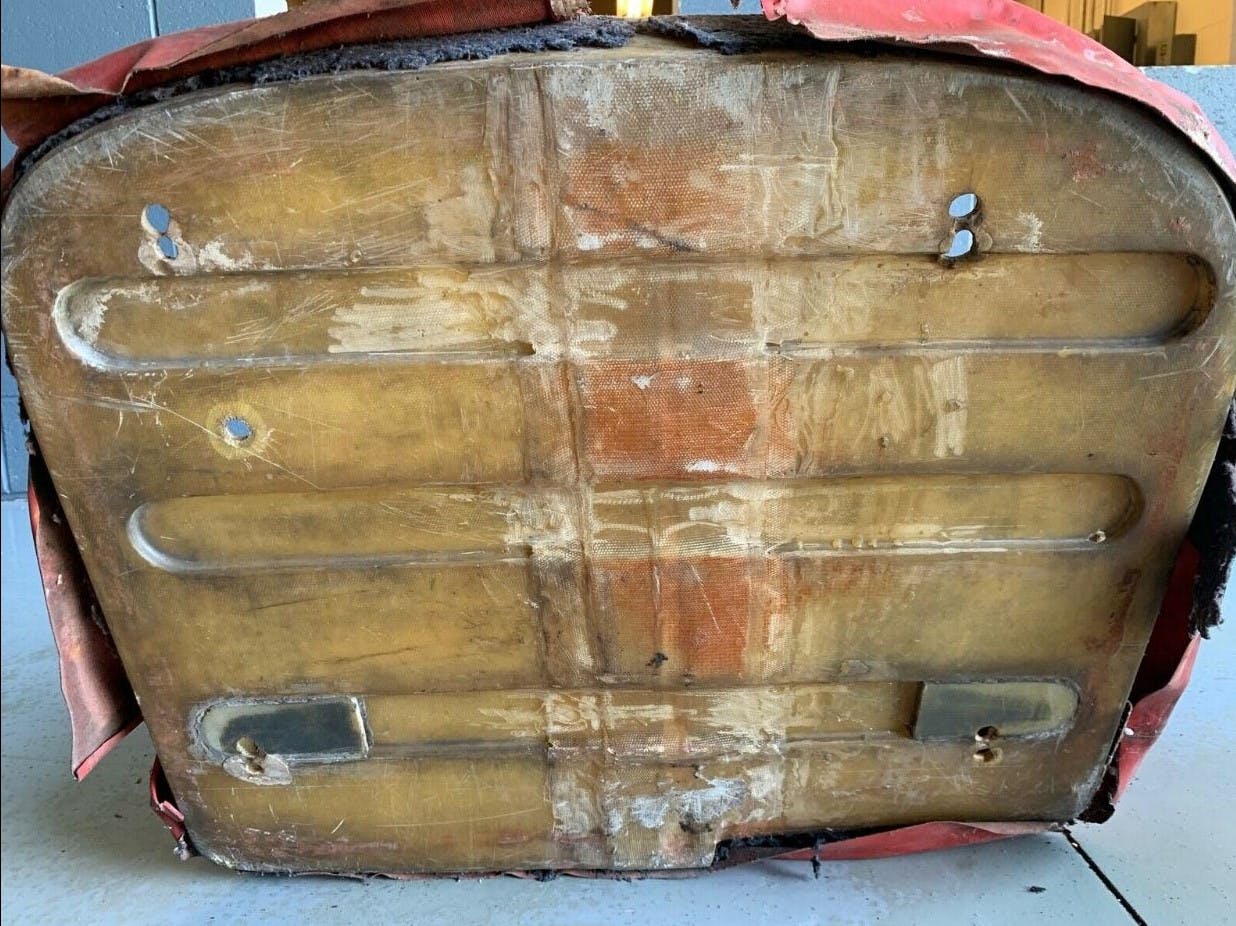
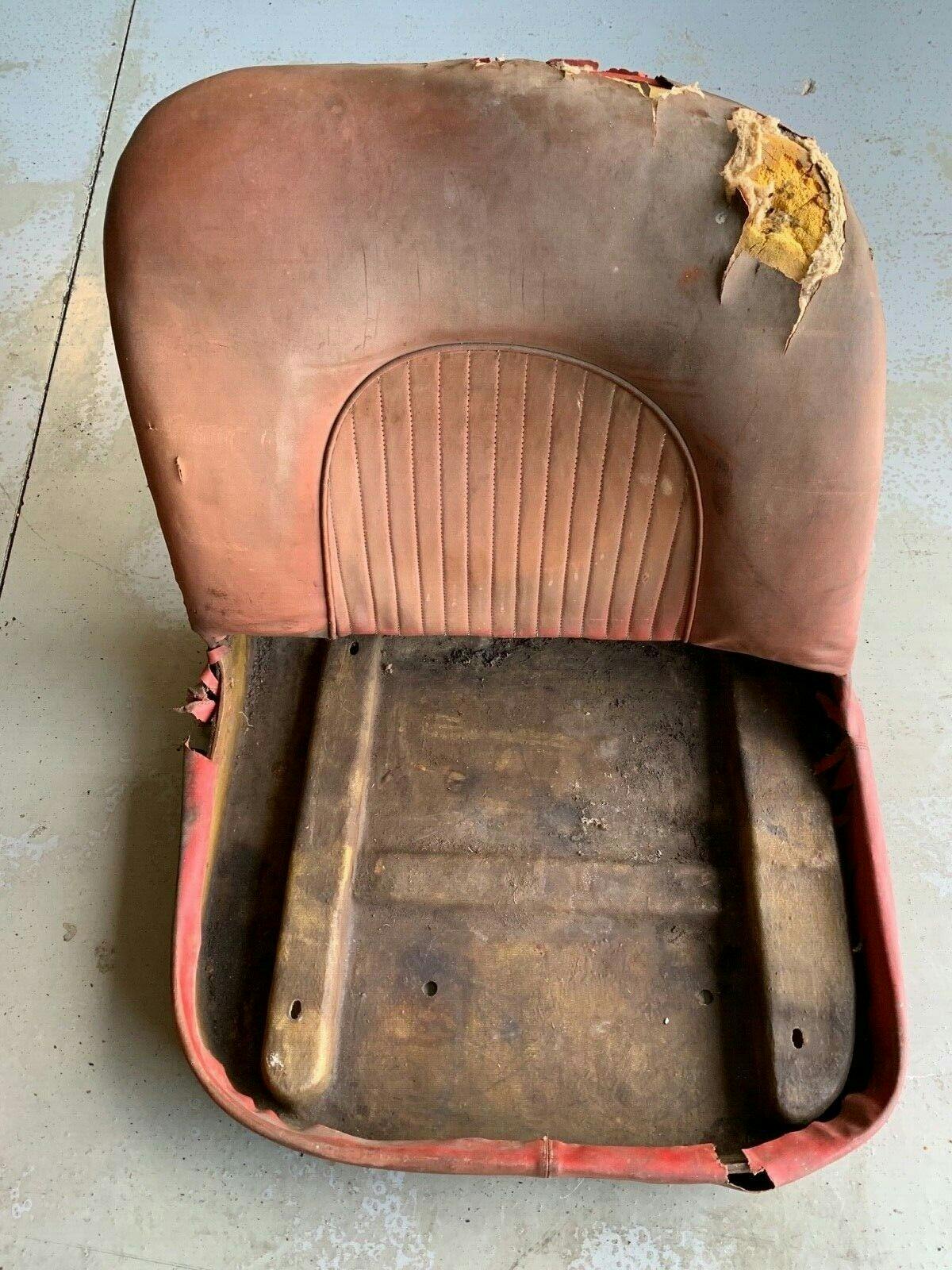
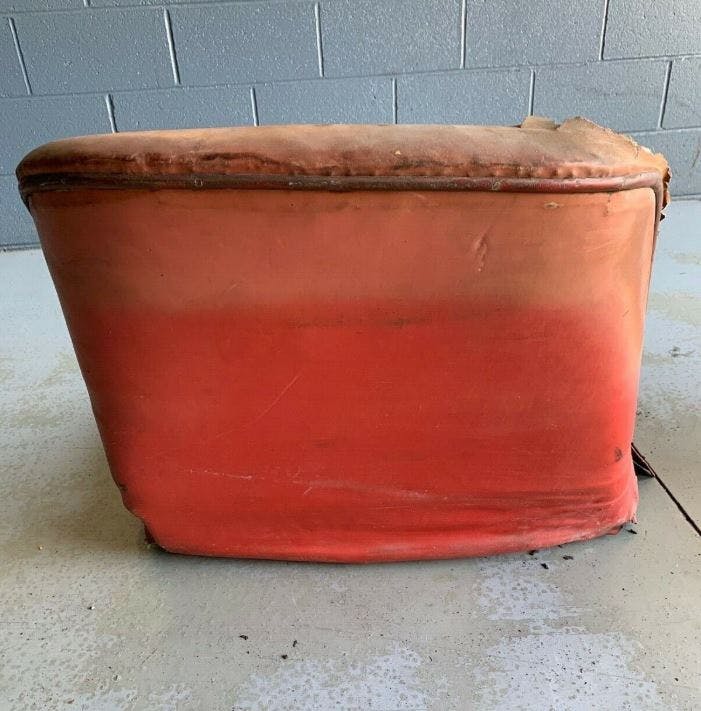
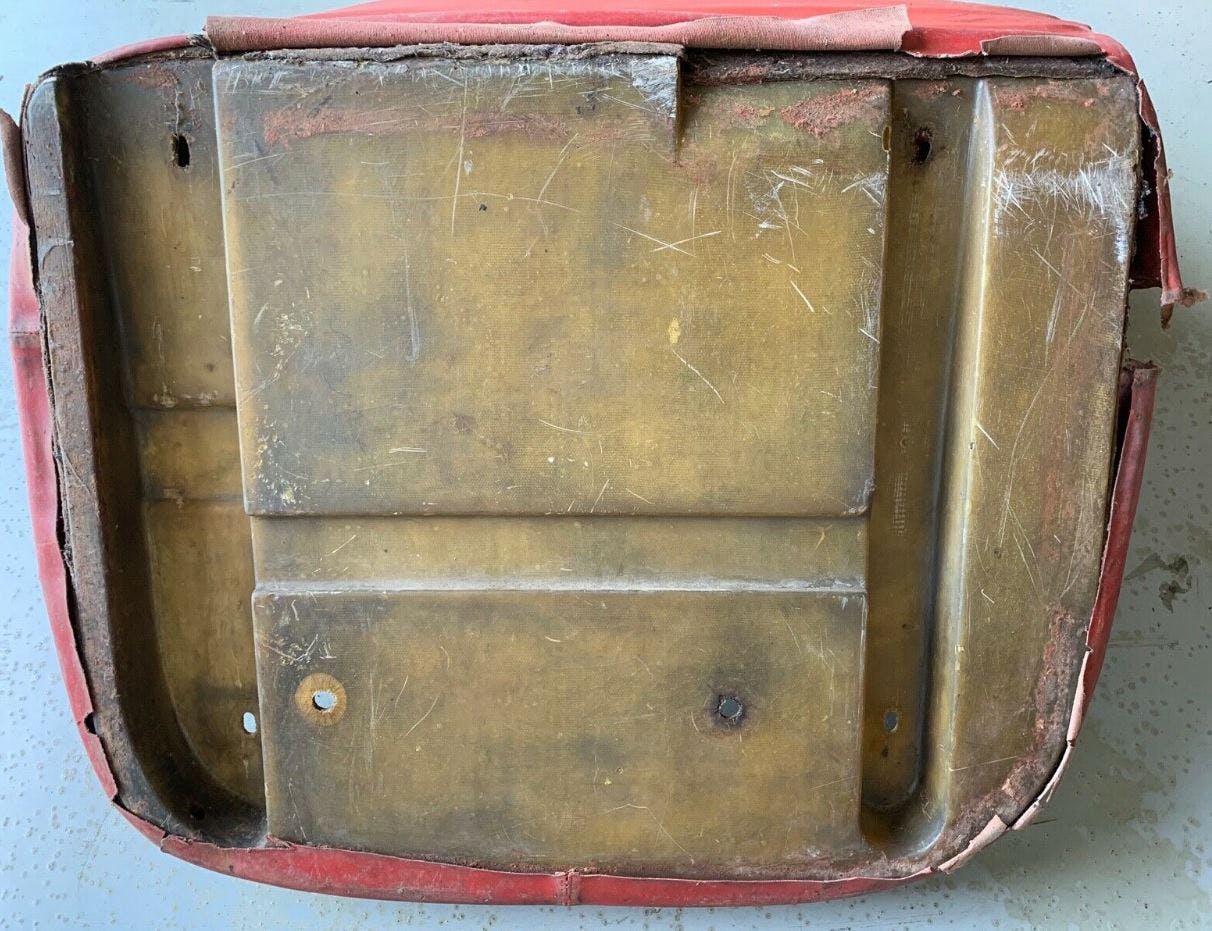
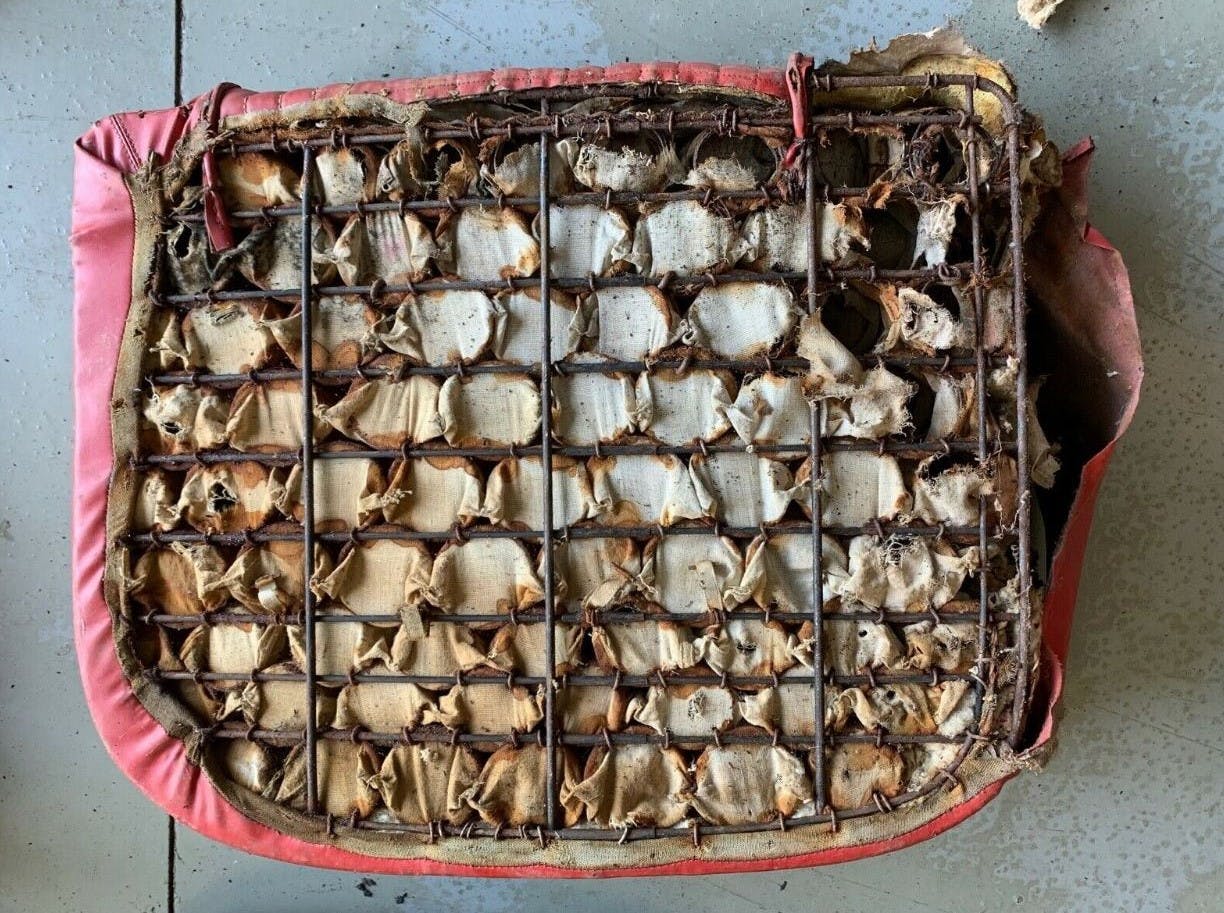











I thought that EX122 was the one shown at the Waldorf and still exists.